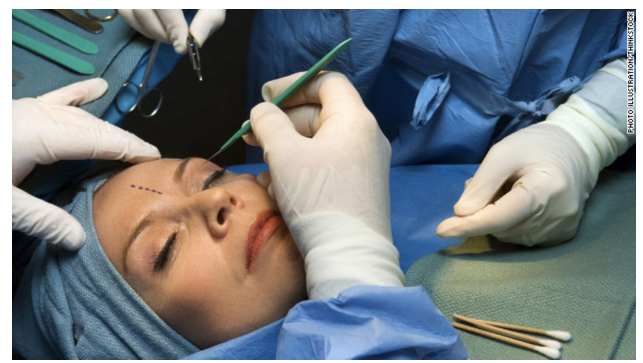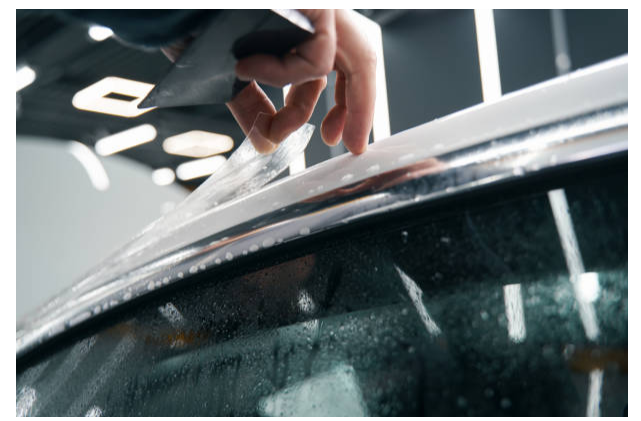Exploring the Benefits of Single Room Heat Recovery Units
Single Room Heat Recovery Units (SRHRUs) stand as an innovative solution in the realm of ventilation systems, offering targeted heat recovery capabilities within individual spaces. These compact devices efficiently manage ventilation, ensuring a continuous supply of fresh air while simultaneously recovering heat from the outgoing air. This article aims to delve into the intricacies of SRHRUs, elucidating how these systems operate and their benefits in enhancing indoor air quality and energy efficiency.
What are Single Room Heat Recovery Units?
Single Room Heat Recovery Units are decentralized ventilation systems designed to provide localized heat recovery within specific rooms or spaces. Unlike centralized heat recovery systems that serve entire buildings, SRHRUs cater to individual rooms, making them suitable for retrofitting existing structures or for spaces where a centralized system might not be feasible.
How do Single Room Heat Recovery Units Work?
Air Exchange Process
SRHRUs operate by continuously extracting stale air from a room through an intake vent. This extracted air passes through the unit’s heat exchanger.
Heat Recovery Mechanism
Within the SRHRU, the outgoing warm air transfers its heat energy to a heat exchanger. Simultaneously, fresh, cooler air from the outside enters the unit through a separate duct.
Heat Transfer and Ventilation
The heat exchanger facilitates the transfer of heat from the outgoing air to the incoming air without mixing the two air streams. This preheats or pre-cools the fresh incoming air, depending on the season, reducing the workload on heating or cooling systems.
Filtered and Ventilated Air
Once the heat exchange process occurs, the filtered and conditioned fresh air is then released into the room, maintaining a continuous supply of clean, tempered air.
Key Components of Single Room Heat Recovery Units:
- Heat Exchanger: The core component responsible for transferring heat between the outgoing and incoming air streams without allowing them to mix.
- Intake and Exhaust Vents: Separate ducts facilitate the extraction of stale air and intake of fresh outdoor air.
- Filter System: Ensures that the incoming air is filtered, removing impurities, allergens, and pollutants.
- Fan Mechanism: Facilitates the movement of air through the heat recovery process while regulating airflow.
Advantages of Single Room Heat Recovery Units
1. Superior Indoor Air Quality (IAQ):
SRHRUs significantly improve indoor air quality by constantly supplying fresh, filtered air into individual rooms. The units incorporate advanced filtration systems that efficiently capture and remove airborne pollutants, allergens, dust particles, and odors. This filtration process ensures that the air circulated within the room is of higher quality, promoting a healthier environment for occupants. Improved air quality is especially beneficial for individuals with respiratory conditions or allergies.
2. Energy Efficiency and Cost Savings:
One of the primary advantages of SRHRUs lies in their ability to recover heat from outgoing air. By transferring this recovered heat energy to incoming air, the units preheat or pre-cool the fresh air supply, depending on the season. This process reduces the workload on heating or cooling systems within individual rooms, resulting in decreased energy consumption. Over time, this leads to notable energy savings and a reduction in utility bills for occupants.
3. Tailored and Decentralized Solution:
SRHRUs offer a localized approach to ventilation and heat recovery, catering to individual rooms or spaces within a building. This decentralized system allows for targeted heat recovery where it’s needed most, making it suitable for retrofitting existing buildings or for spaces where installing a centralized system might be challenging. The flexibility of these units enables specific areas to benefit from enhanced ventilation and heat recovery without affecting the entire building’s system.
4. Reduction of Condensation and Mold:
Proper ventilation and controlled humidity levels provided by SRHRUs help mitigate condensation issues, which can lead to mold growth and dampness within indoor spaces. By maintaining optimal indoor conditions and preventing moisture buildup, these units contribute to creating a healthier environment while safeguarding against potential structural damage caused by mold and dampness.
5. Comfort and Thermal Regulation:
SRHRUs aid in maintaining a consistent and comfortable indoor environment by regulating temperatures within individual rooms. The preheating or pre-cooling of incoming air helps eliminate cold drafts or temperature fluctuations, ensuring a more stable and pleasant living or working space for occupants. This contributes to improved comfort levels and overall satisfaction within the environment.
6. Noise Reduction and Enhanced Ventilation:
Modern SRHRUs are designed to operate quietly, minimizing noise disturbances within rooms. Additionally, these units maintain a balanced ventilation process, ensuring a continuous supply of fresh air while extracting stale air. The equilibrium established by SRHRUs eliminates stagnant air pockets, contributing to a more peaceful and pleasant indoor atmosphere.
Considerations and Limitations:
1. Installation and Space Constraints:
Installing SRHRUs in each room requires additional ductwork and space for these units, which might not be feasible in every building or room layout.
2. Maintenance:
Regular maintenance, including filter replacement and cleaning, is essential to ensure the efficiency and effectiveness of SRHRUs.
3. Noise Levels:
Some SRHRUs might produce a low level of noise during operation, although modern units are designed to operate quietly.
4. Cost Consideration:
While SRHRUs offer energy savings over time, the initial installation costs might be higher compared to conventional ventilation systems.
Conclusion
Single Room Heat Recovery Units stand as an innovative solution in the realm of ventilation systems, offering targeted heat recovery and ventilation within individual spaces. Their ability to provide fresh, filtered air while recovering heat from outgoing air contributes to enhanced indoor air quality and energy efficiency. Although considerations such as installation requirements, maintenance, and upfront costs exist, SRHRUs offer a decentralized and adaptable approach to improving indoor environments in both residential and commercial settings. Understanding how these units function underscores their potential in creating healthier and more energy-efficient spaces on a localized level.


